SiC particle reinforced Al metal matrix composites (Al/SiCp MMCs) are typical difficult-to-machine materials due to their heterogeneous constituents. Poor surface integrity is commonly caused by conventional machining methods.
To deal with these problems, high-speed grinding (HSG) is introduced because it will improve the grindability of both ductile and hard materials, as well as the composite materials made of both ductile matrix and hard reinforcements. With the rapid development of high-speed precision machine tools, HSG of Al/SiCp MMCs at a maximum linear speed of over 300 m/s has become a reality. But the corresponding surface integrity and material removal mechanisms are yet to be investigated.
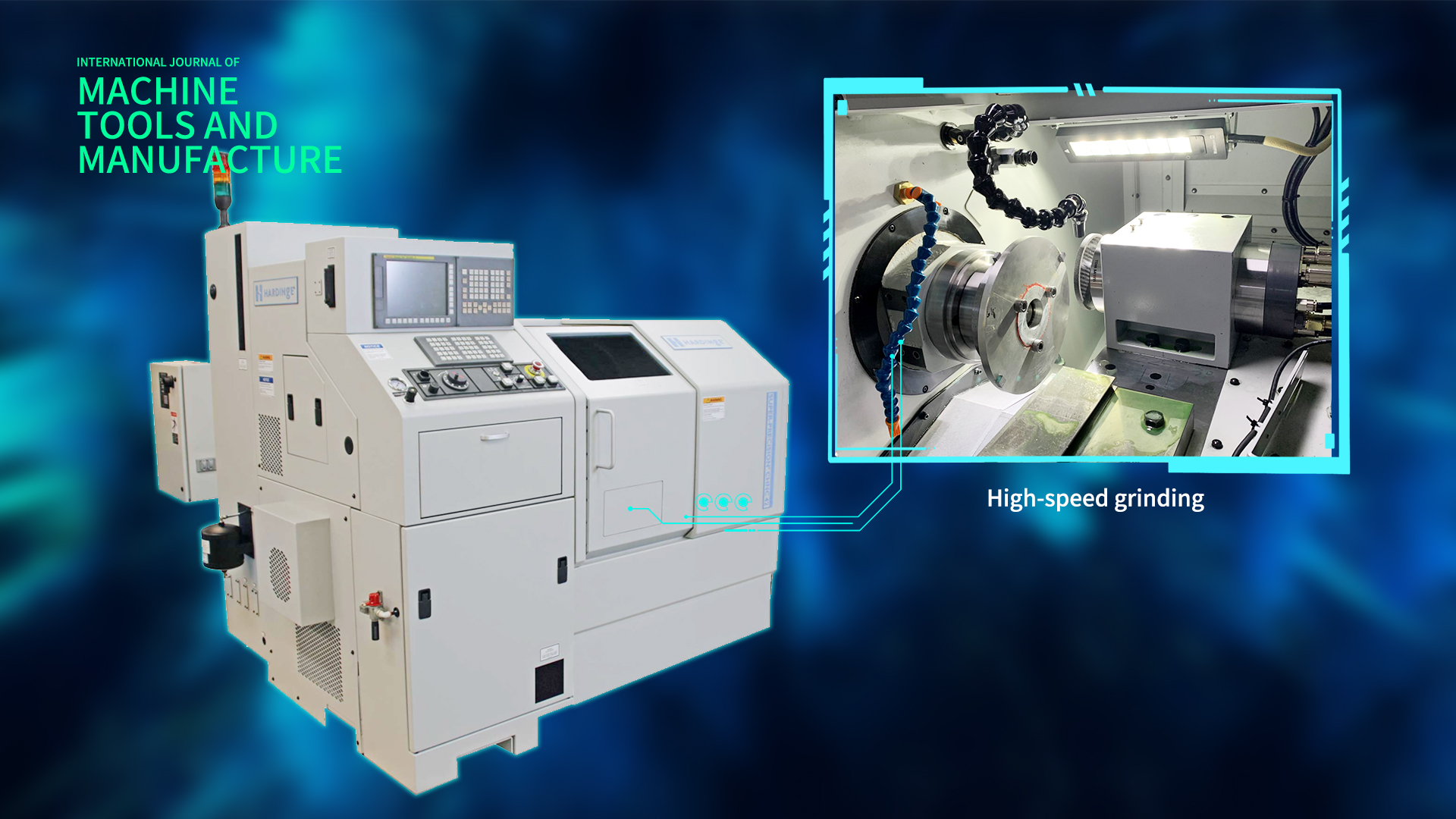
Chair Professor Bi Zhang’s research team of the Department of Mechanical and Energy Engineering at the Southern University of Science and Technology (SUSTech) has recently developed a new strategy to improve the surface integrity of Al/SiCp MMCs through HSG and unraveled the underlying material removal mechanisms via multiscale damage characterization methods.
Their research, entitled “Surface integrity and material removal mechanisms in high-speed grinding of Al/SiCp metal matrix composites,” was published in the International Journal of Machine Tools and Manufacture, a top journal in the field of mechanical and manufacturing engineering.
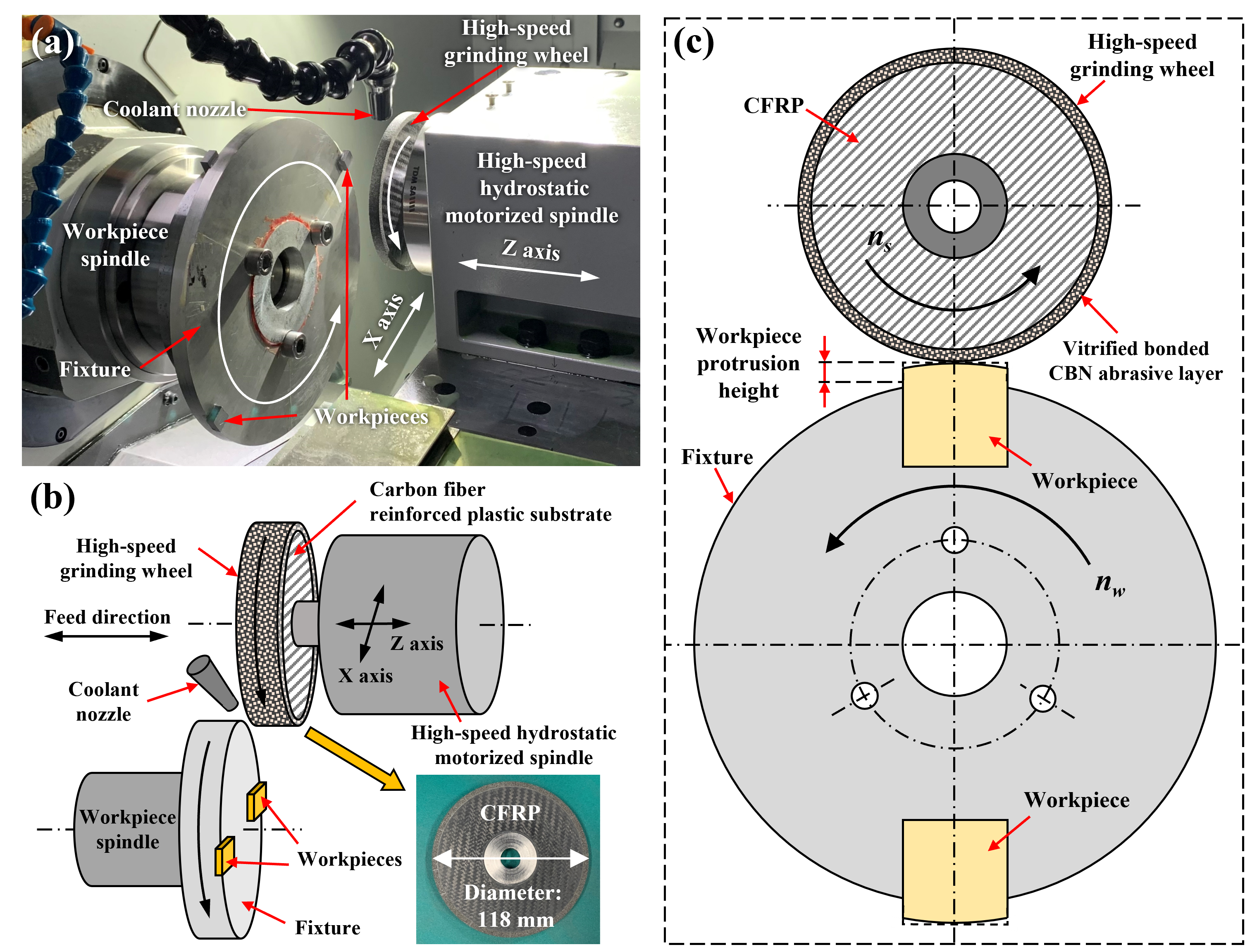
Figure 1. Experimental setup and schematic diagrams for HSG arrangement of the Al/SiCp MMC
Al/SiCp MMCs represent a new generation of materials featuring significant scientific, technological, and commercial importance owing to their high specific strength and stiffness, high-temperature resistance, and exceptional corrosion resistance compared to their equivalent non-reinforced metallic alloys. Due to the increasing performance requirements, Al/SiC MMCs are being used to replace conventional materials in various engineering applications in aerospace, aircraft, electronics, and automotive industries.
However, Al/SiCp MMCs are notoriously known to be typical difficult-to-machine materials when conventional cutting or milling techniques are utilized for Al/SiCp MMCs. This is because the heterogeneous structure always leads to serious surface defects and subsurface damage in a conventional machining process, which substantially deteriorates the mechanical characteristics and fatigue properties of the machined materials.
To address these problems, Prof. Zhang’s team carried out HSG on an Al/SiCp MMC at a grinding speed from 30.4 m/s to 307.0 m/s (Figure 1). They assessed the surface integrity, including surface damage and subsurface damage, to explore how different grinding speeds take effect.
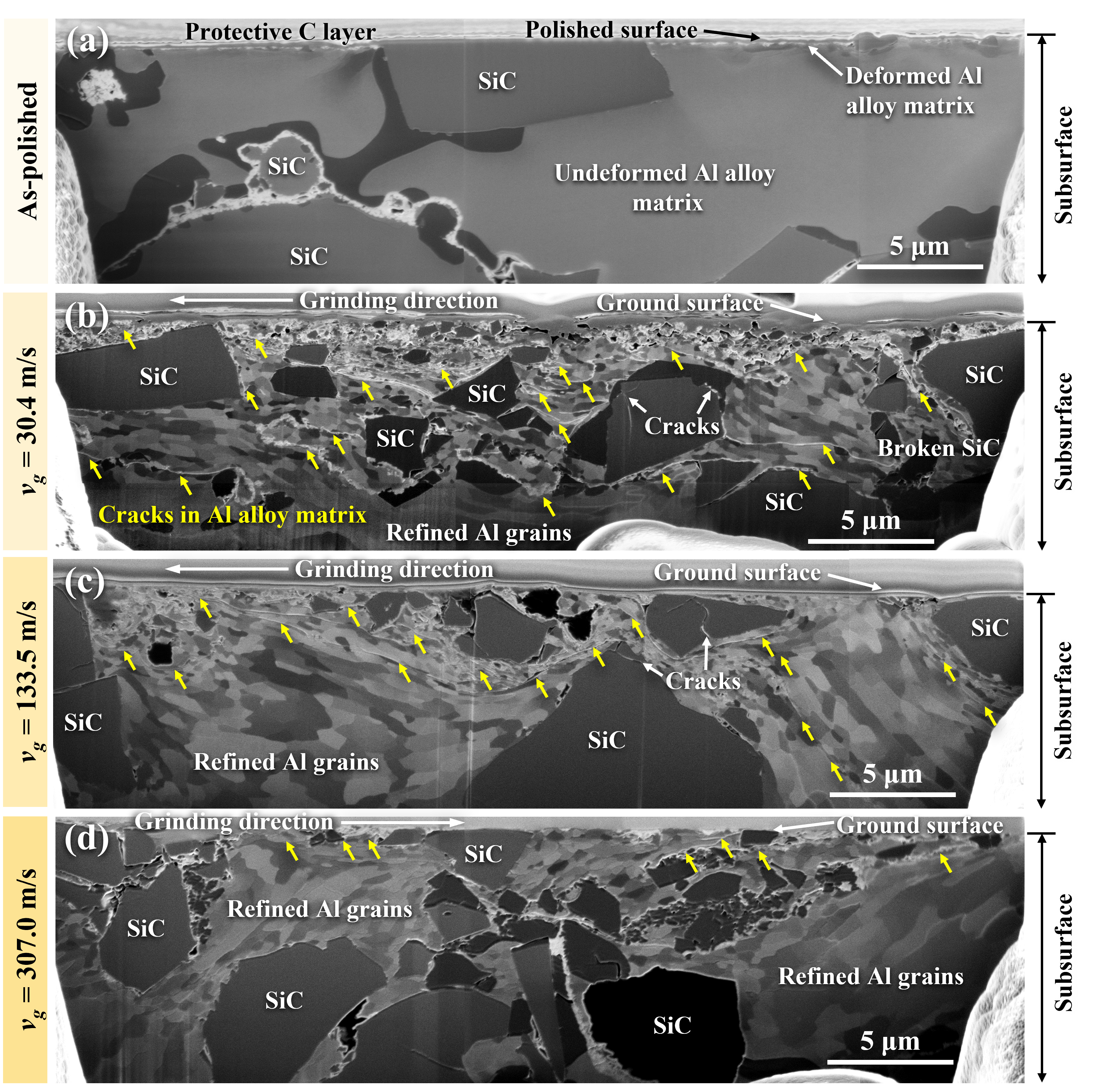
Figure 2. Representative cross-sectional images beneath the workpiece surface
Compared with the conventional machining methods, HSG is a more complicated process that is mainly governed by thermal effect, size effect, and strain-rate effect. These effects always interplay and are hard to be accurately measured in a practical HSG process. Therefore, decoupling them and separately analyzing the individual effects is difficult.
The researchers revealed that plastic deformation of the workpiece subsurface is distinctly mitigated, as indicated by larger Al grains and shallower lateral cracks in the Al alloy matrix shown in Figure 2. This indicates that the strain-rate effect prevails for the Al alloy matrix in HSG of Al/SiCp MMCs due to reduced ductility.
On the other hand, much denser dislocation kinks formed at the boundary of the SiC particle implies the increased ductility at an increased grinding speed (Figure 3). It indicates that the size effect plays the dominant role for SiC particles in HSG of Al/SiCp MMCs. Since ductility of the Al alloy matrix is weakened in HSG, the movement of the SiC particles is hindered by the hardened Al alloy matrix. As a result, dislocations kink at the SiC particle boundary due to stress self-accommodation when the SiC particles are impacted by abrasives in HSG.
In general, HSG enhances the hardness of the ductile Al alloy matrix and reduces the brittleness of the hard SiC particles, which facilitates reducing the property differences between these two components (Figure 4). Therefore, an improved surface integrity of Al/SiCp MMCs is realized by reducing the property discrepancies of the two components through HSG.
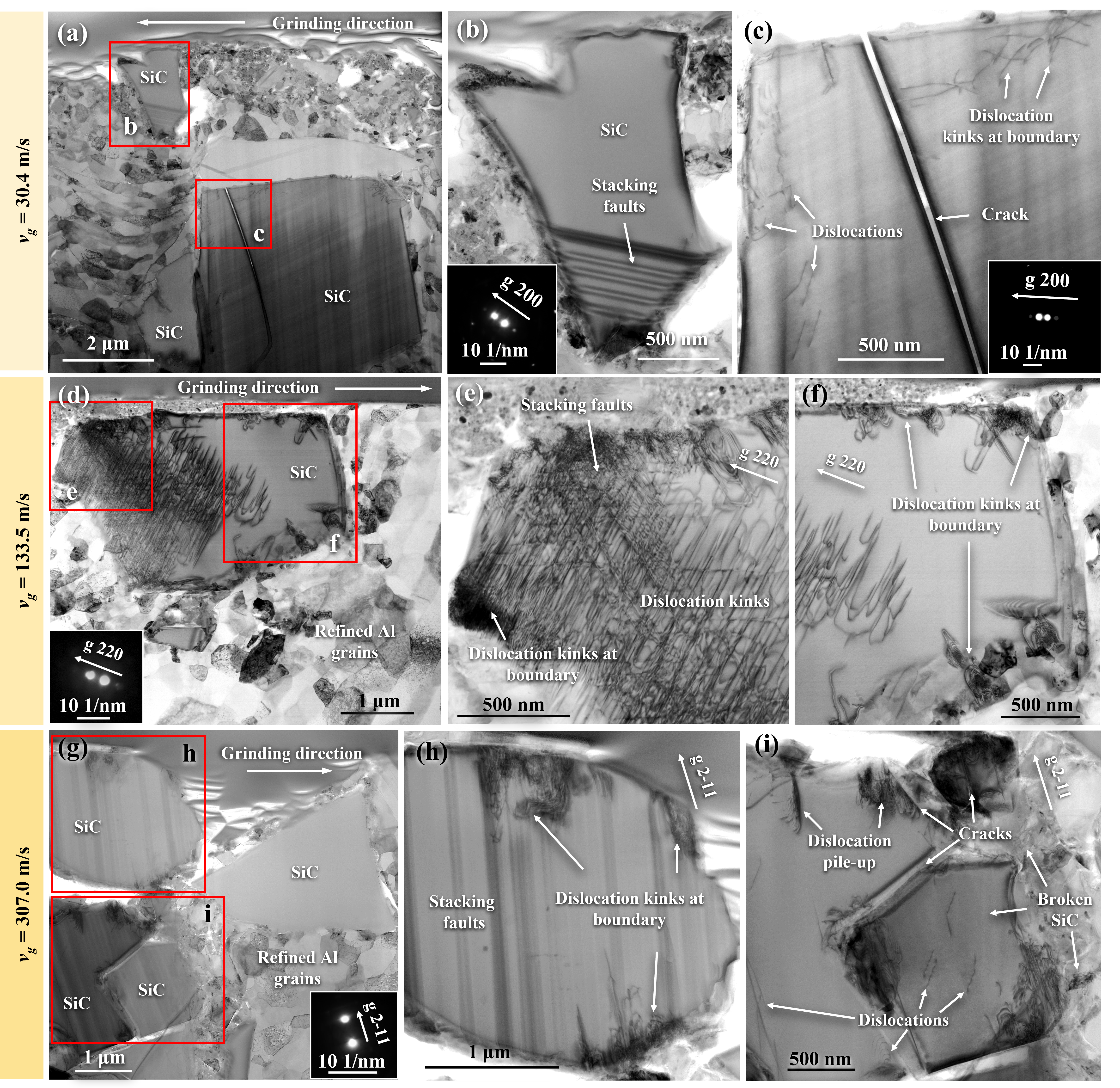
Figure 3. Bright-field TEM images of SiC particles in the subsurface of the workpieces ground at various speeds
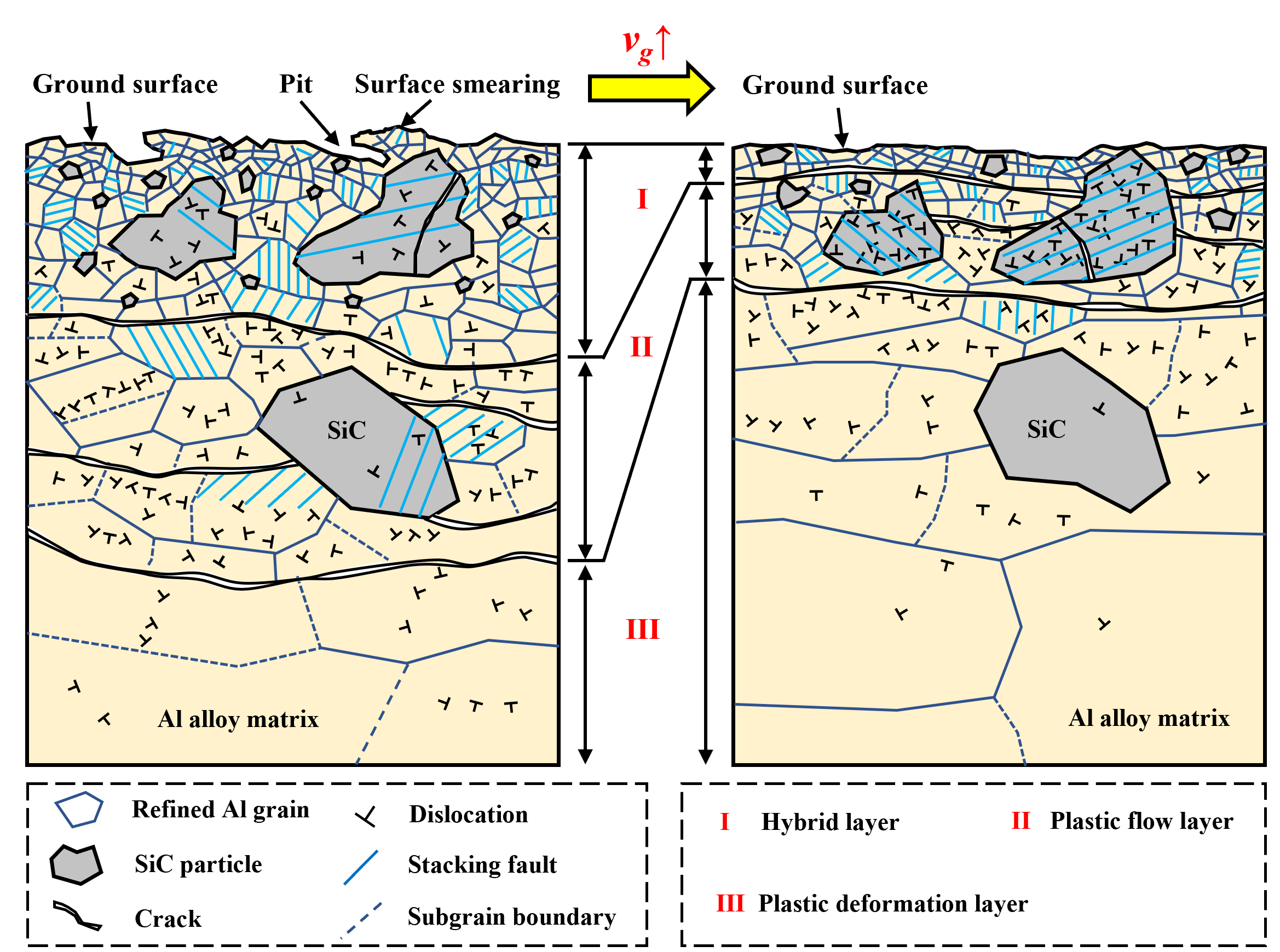
Figure 4. Schematic of subsurface microstructural variation with grinding speed
Sai Guo, a Ph.D. candidate supported by the joint doctoral program between SUSTech and the Hong Kong Polytechnic University (PolyU), is the first author of the paper. Prof. Bi Zhang from SUSTech and Prof. Chi Fai Cheung from PolyU are the corresponding authors, and SUSTech is the first communication unit. In addition, Dr. Shouxiang Lu from SUSTech also made important contributions to this paper.
This work was supported by the Shenzhen Science and Technology Innovation Commission and the Shenzhen Key Laboratory of Cross-Scale Manufacturing Mechanics at SUSTech. The authors also wish to acknowledge the assistance from SUSTech Core Research Facilities.
Paper link: https://www.sciencedirect.com/science/article/pii/S0890695522000578?via%3Dihub
To read all stories about SUSTech science, subscribe to the monthly SUSTech Newsletter.
Proofread ByAdrian Cremin, Yingying XIA
Photo By